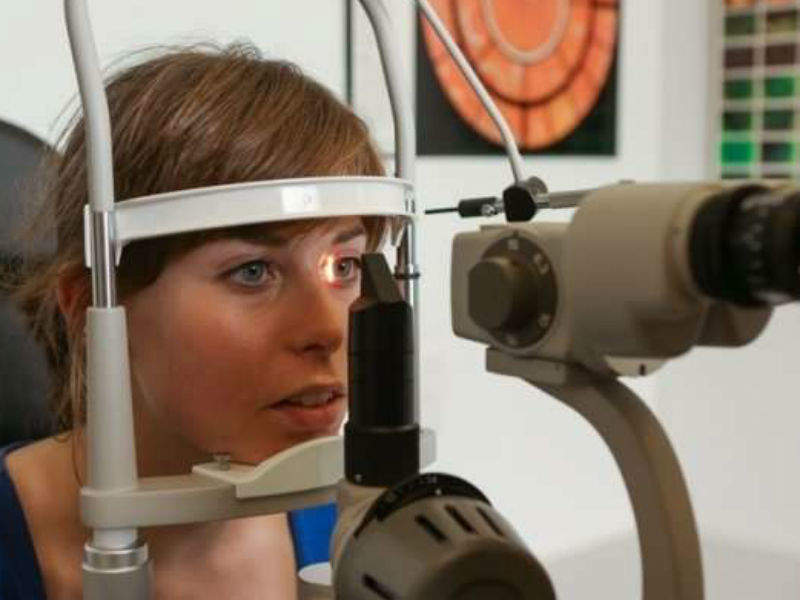
Researchers at the Centre for Eye Health at UNSW Sydney have developed an approach to classify and diagnose blinding eye diseases by adapting pattern recognition techniques originally used in assessing satellite images.
The technology combines the results of numerous eye imaging techniques and can successfully identify indicators of macular degeneration.
Lead author of the study Angelica Ly said: “The amount of diagnostic imaging information routinely available to clinicians has increased substantially over the past decade and this has created a form of ‘information overload’.
“We need an easier way of processing all the information to ensure that key signs don’t get missed. We have shown that our method is able to successfully classify a series of eyes with intermediate age-related macular degeneration 91% of the time.”
Early and accurate identification of eye diseases can be critical in preventing vision loss. However, many signs of early age-related macular degeneration can be subtle and therefore difficult to diagnose.
As many as 25% of patients with an early or moderate version of the disease may not receive a diagnosis. The UNSW researchers highlight this as a major concern due to age-related macular degeneration being a leading cause of blindness. It affects one in seven Australians over the age of 50.
How well do you really know your competitors?
Access the most comprehensive Company Profiles on the market, powered by GlobalData. Save hours of research. Gain competitive edge.

Thank you!
Your download email will arrive shortly
Not ready to buy yet? Download a free sample
We are confident about the unique quality of our Company Profiles. However, we want you to make the most beneficial decision for your business, so we offer a free sample that you can download by submitting the below form
By GlobalDataThe centre’s director, Professor Michael Kalloniatis, first thought of the automated approach to diagnosis 14 years ago but did not have the data to explore how the technique could be developed.
He said: “We could only test the hypothesis once these imaging techniques became more established. One of the other major challenges with age-related macular degeneration is to monitor patients so that those who may progress to the late stage are identified early.
“Progression is usually monitored through inspection of ocular imaging, but the current method is tedious and the accuracy is variable. Our study provides preliminary evidence that this monitoring can be done via a pattern recognition approach.”
The researchers believe their new approach could have important applications for ocular imaging centres or for custom software incorporated by ophthalmic imaging manufacturers.
The commercialisation of the technique could see its future application in routine age-related macular degeneration screenings and monitoring which may lead to better outcomes for patients.
A provisional patent for the new technique has been filed.







